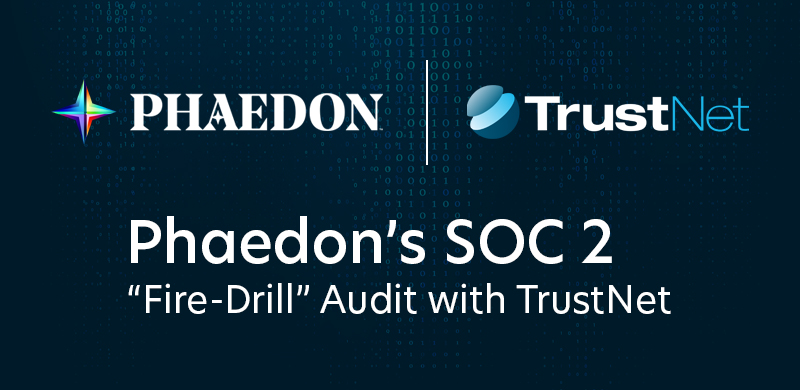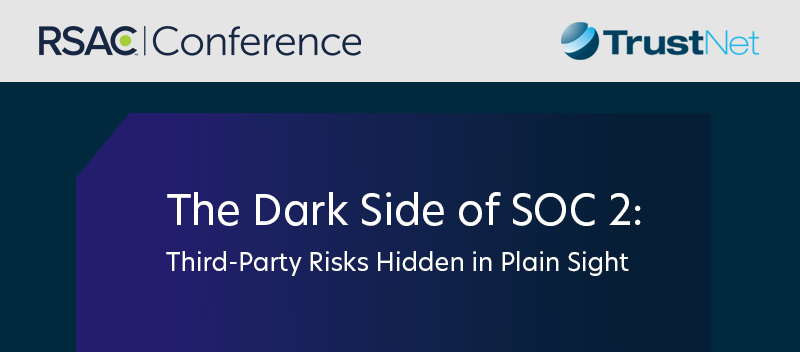Investing in Payment Card Security: Understanding PCI DSS Compliance Costs for Your Business

TL;DR
Achieve PCI DSS compliance quickly and cost-effectively by focusing on essential steps like assessments, training, and ongoing monitoring. Protect your business, build customer trust, and avoid costly fines with a smart compliance strategy. Leverage expert advisory, powerful automation, and thorough audits/assessments to secure your business and maximize ROI.
Eliminate inefficiencies and hidden expenses while gaining peace of mind through expert guidance. Turn compliance into an opportunity for long-term success and operational excellence.
This guide breaks down the true costs of PCI DSS compliance and shows you how to safeguard your business while investing wisely.
Factors Influencing PCI DSS Compliance Costs
The cost of achieving and maintaining PCI DSS compliance depends on several key factors. Understanding these drivers helps businesses plan budgets and manage compliance efficiently.
PCI DSS Compliance Levels
Compliance levels are based on your annual transaction volume. This determines both requirements and costs.
-
- Level 1 applies to businesses handling over 6 million transactions each year. It requires an in-depth audit by a Qualified Security Assessor (QSA), penetration testing, and advanced security measures.
- Levels 2–4 are for businesses with fewer transactions. These levels have reduced reporting demands and may only require a Self-Assessment Questionnaire (SAQ).
Smaller businesses that qualify for self-assessment usually face much lower compliance costs compared to Level 1 organizations.
PCI Compliance Fees from Payment Processors
Many payment processors charge fees for PCI compliance. For smaller businesses, these costs are usually minimal but can add up over time. Larger companies should review payment provider agreements to spot recurring compliance fees.
Business Size and Complexity
The size and complexity of your business impact compliance costs in a big way. Larger organizations with extensive networks, multiple endpoints, various technologies and high transaction volumes need additional time to cover all possible variations, which increases expenses.
On the other hand, smaller businesses have smaller pool of technologies and much lower costs for compliance.
Qualified Security Assessors (QSA)
Hiring a Qualified Security Assessor is mandatory if your business processes over 6 million transactions annually. QSAs perform detailed audits to meet strict compliance requirements. This service often starts at $10,000 per year, depending on your business’s size and complexity.
For businesses in Levels 2–4, hiring a QSA is optional but helpful. While it adds moderate costs, it improves compliance accuracy and reduces risks.
Internal Personnel Costs
Delegating compliance tasks internally can lead to indirect costs. Employees often need to shift focus from their primary responsibilities to handling compliance duties, which could reduce productivity in other areas.
Additionally, if the current staff lacks the expertise, hiring or training personnel becomes an added expense. While internal management can minimize external consulting fees, businesses must weigh these costs against potential inefficiencies.
Streamline Costs with TrustNet’s PCI DSS Accelerator+
Cut unnecessary compliance costs while maintaining top-tier security and compliance with TrustNet’s PCI DSS Accelerator+.
-
- Advisory: Get tailored strategies to meet PCI DSS requirements and optimize your spending.
- Automation: Streamline compliance tracking with automated tools that simplify documentation and eliminate inefficiencies.
- Audits and Assessments: Simplify validation efforts with expert-led evaluations that uncover cost-saving opportunities.
Reduce redundant costs, strengthen your security, and achieve compliance more efficiently with TrustNet’s PCI DSS Accelerator+.
Connect with a TrustNet PCI DSS expert for a personalized cost assessment and compliance strategy. Our team can help you navigate the complexities of PCI DSS and optimize your compliance investments.
Breaking Down PCI DSS Compliance Costs
Understanding PCI DSS compliance costs is crucial for meeting security standards efficiently. Here’s a clear breakdown of key expenses and their impact on businesses.
Initial Assessment and Gap Analysis Costs
Start with a gap analysis to quickly identify compliance gaps. This step costs between a few thousand dollars and $10,000, depending on your business’s size and complexity. Save time and money by resolving issues early with a gap analysis and avoid expensive fixes during full assessments.
Self-Assessment Questionnaire (SAQ) vs. Report on Compliance (ROC)
-
- SAQ: Small businesses with annual costs ranging from $15,000 to $50,000 can use this self-attested questionnaire.
- ROC: Larger businesses processing high transaction volumes must involve a Qualified Security Assessor. These in-depth audits cost between $10,000 and $200,000 annually due to their detailed nature and resource requirements.
Plan your compliance approach carefully to manage costs effectively and maintain security standards.
Ongoing Maintenance and Monitoring Expenses
Plan for quarterly vulnerability scans from Approved Scanning Vendors (ASVs) ranging from $150–$200 per IP. Include annual penetration testing, which costs $3,000–$30,000 based on your network’s complexity. Regular monitoring helps you stay updated with changing security standards.
Employee Training and Awareness Programs
Train your employees to strengthen security. Prepare to spend around $20–$30 per employee each year on programs covering secure coding and incident response. Well-trained staff are essential for preventing security breaches.
The Hidden Costs of Non-Compliance
Non-compliance comes with serious risks. Expect penalties of tens of thousands of dollars per month, higher transaction fees, and a damaged reputation. Recovering from a breach adds costs for investigations and legal actions. Invest in compliance to avoid these expenses and protect your business.
TrustNet’s PCI DSS Accelerator+
TrustNet’s Accelerator+ offers Advisory, Automation, and Audits/Assessments, cutting compliance time from 6–12 months to just 6–12 weeks. Streamline your compliance process, stay ahead of evolving standards, and strengthen your business’s security effortlessly.
Summary/Key Takeaways
Achieve PCI DSS compliance efficiently by focusing on key cost factors that drive long-term value. While the investment may seem significant, building customer trust and avoiding costly fines deliver measurable returns.
Create a tailored compliance strategy to manage costs effectively and align with your business goals. Streamline your processes, invest in advanced infrastructure, and prioritize employee training to cut expenses while protecting cardholder data.
Utilize TrustNet’s PCI DSS Accelerator+ to simplify compliance and maximize ROI. Leverage expert Advisory, advanced Automation, and thorough Audits/Assessments to save time, reduce effort, and secure your business with confidence.
Subscribe to the TrustNet Newsletter
actionable cybersecurity strategies, and TrustNet’s cutting-edge solutions.




